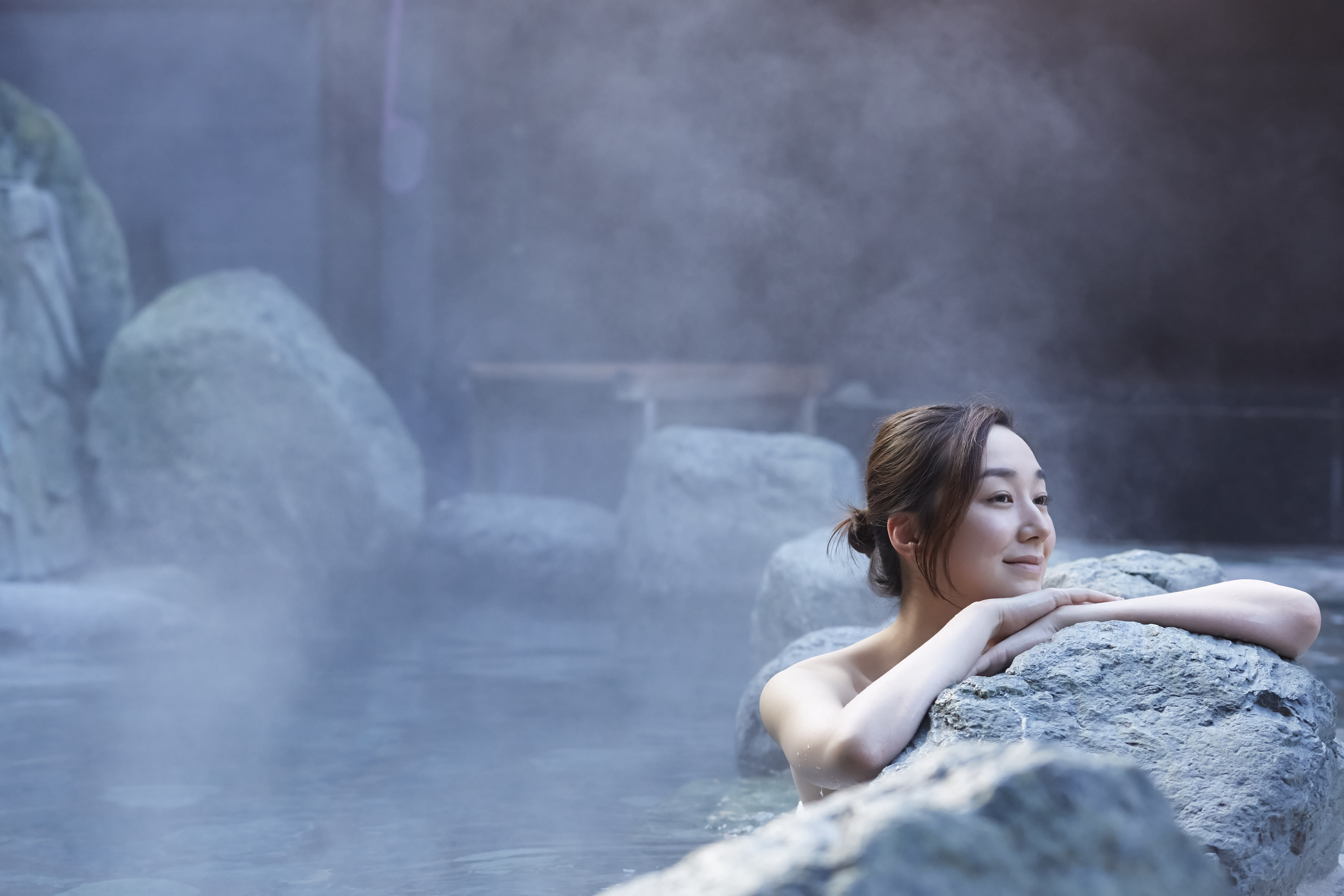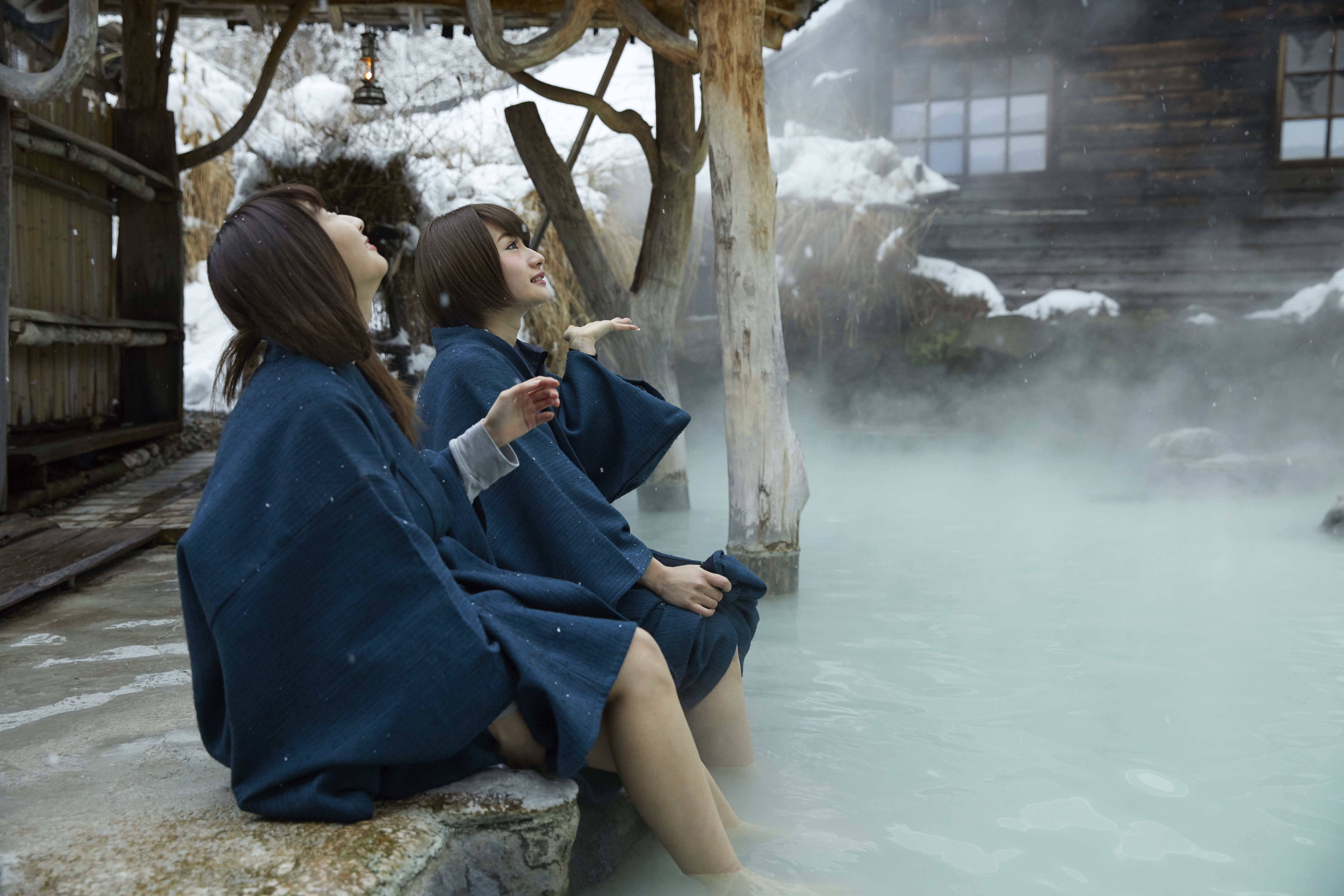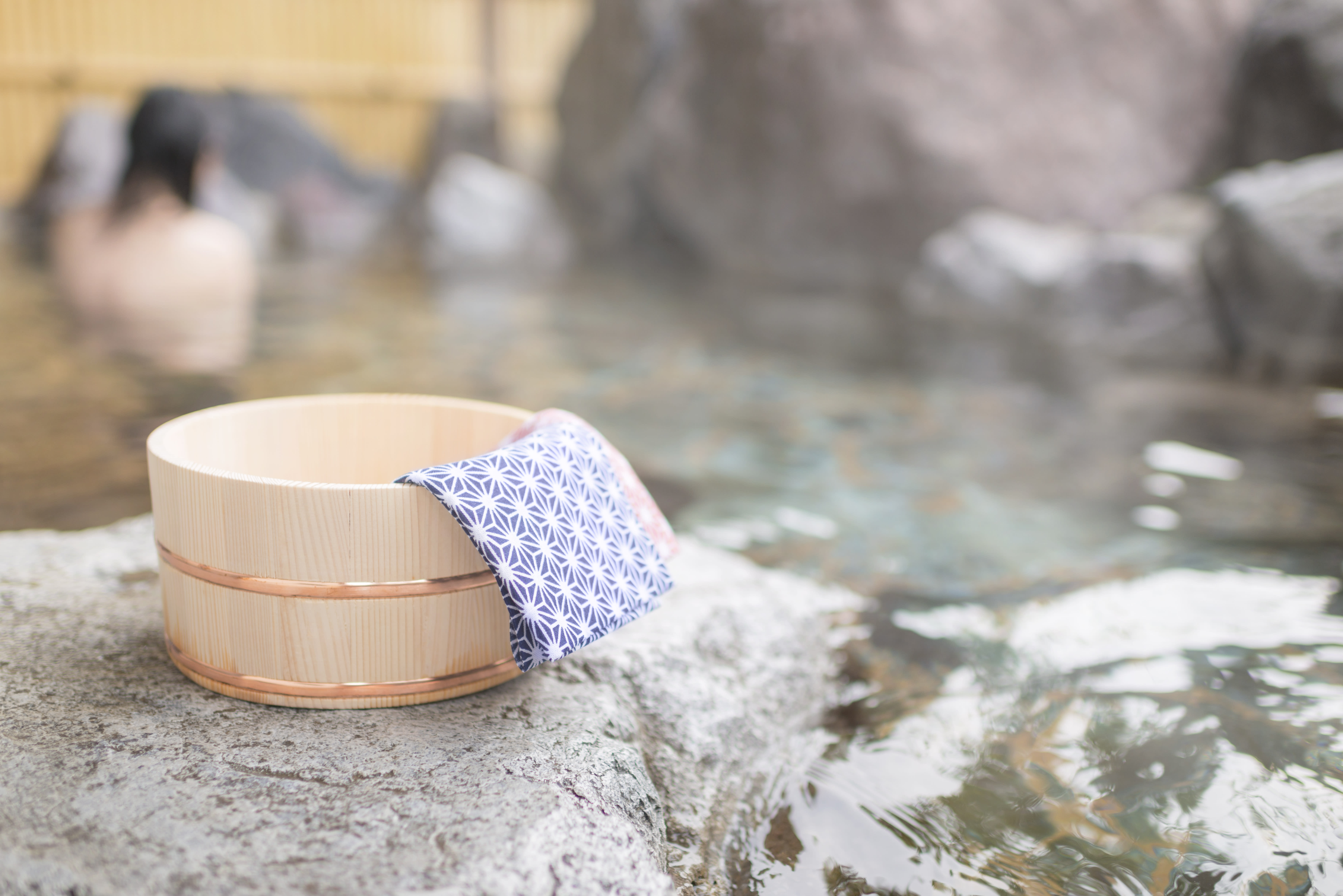Explore Japan’s National Parks and find yourself in hot water
Japan’s love affair with hot springs, or onsen, stretches back thousands of years. Legends abound of people discovering hot springs after seeing animals healing their injuries in the mineral-rich waters, and hot spring-bathing became popular with battle-weary samurai and travelers alike.
There are more than 3,000 registered hot spring resorts across the Japanese archipelago, and many are the result of volcanic activity within the national parks. Spend a day hiking volcanoes like Mount Fuji near Tokyo and Mount Meakan in Hokkaido, then enjoy the benefits of that volcanic activity with a well-earned soak to soothe your muscles.
Some outdoor hot springs, called rotenburo, come with wonderful views, from secluded seaside baths to private mountainside springs. There’s nothing more relaxing than gazing out at the scenery from a hot bath with just the sounds of the wind in the trees and the gently bubbling water.
Hot springs are a great way to warm up in winter after a snowshoe trek or a day skiing the slopes—the heat seems to soak right into the bones. Many of the campsites and inns within Japan's national parks have indoor or outdoor hot springs.


























